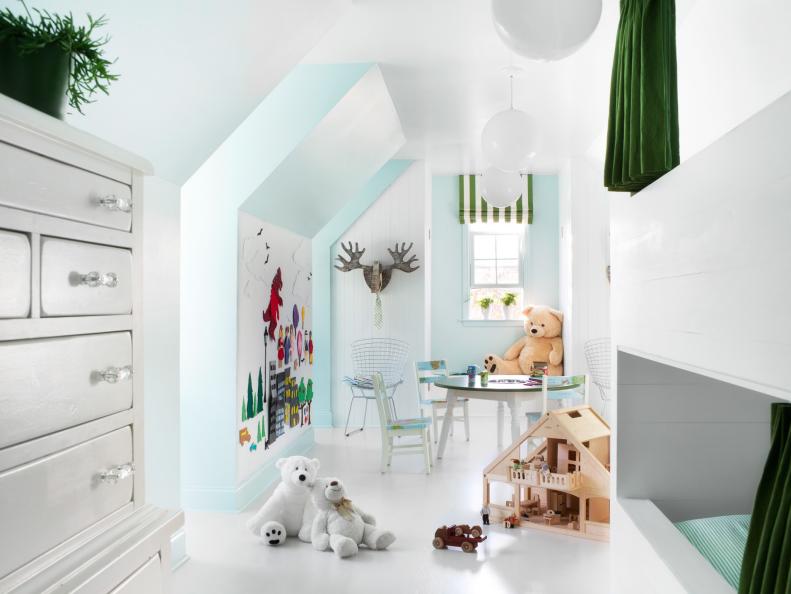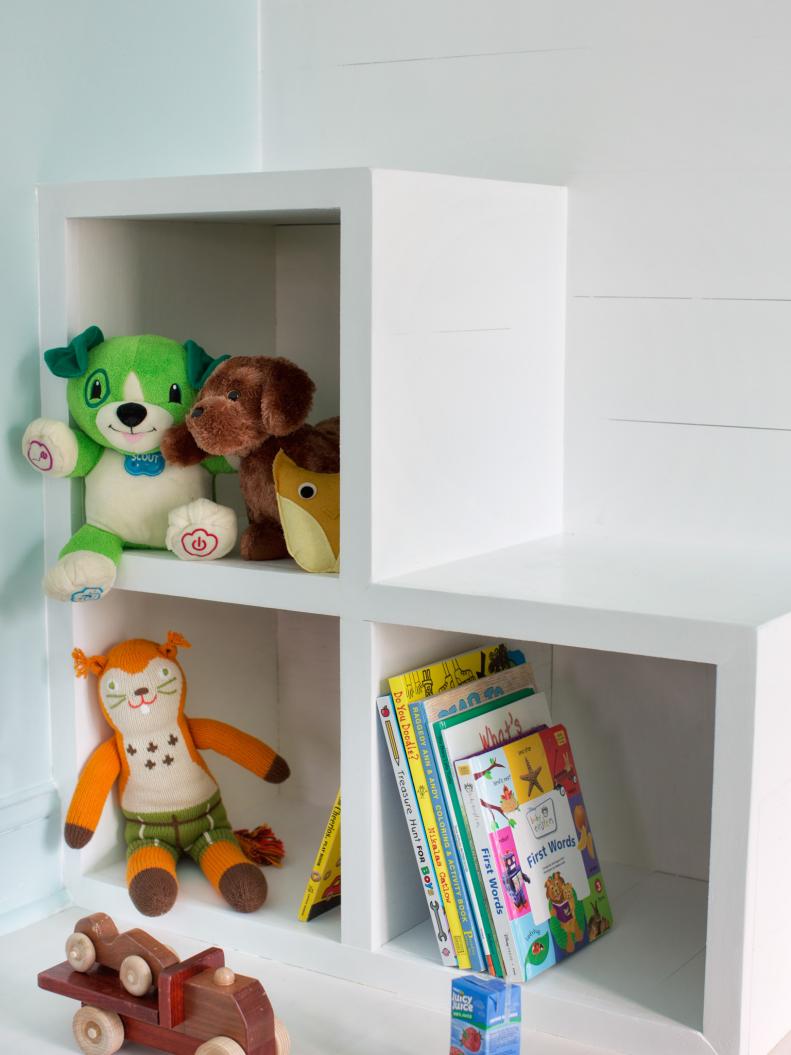1 / 26
The Finished Room
After a two-week remodel, what was a dark, contractor-grade finished attic is now a shiny, happy spot for playing games, experimenting with crafts and hosting sleepovers. Rather than choosing popular or trendy palettes and/or themes, a fresh, transitional approach was taken by mixing sea-foam green with a grassy shade of green, then combining traditional and modern design styles for something unique and up to date.









